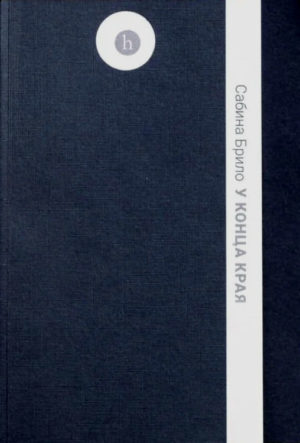This study explores how eighteenth-century European Masons created archives, and how these archives in turn created Masons. It is an exploration of how a masonic archival culture was formed, and how different ideas, hopes, and anxieties were co-produced along with the records and manuscripts kept by masonic associations. At stake in these archival practices was the goal of establishing “order”.
Tim Berndtsson draws theoretical inspiration from works by e.g. Markus Friedrich, Randolph C. Head, and Cornelia Vismann, all of whom have articulated a process-oriented view of archival history. By using materials found in historical collections from masonic associations in present-day archives, especially registers and archival regulations, the author provides an overview of the documents accumulated in masonic archives and collections. Through studying not only the Masons’ practices of archiving and collecting, but also their discourses about “collections” and “archives”, Berndtsson can show how archiving filled administrative functions but also had implications for the kind of knowledge that Masons found their order to be a container for.
A historical exposé of archival history in a period stretching from early modernity to the modern period situates the archives of the masonic associations in a wider cultural-historical context. A general investigation of different repositories and means for archival accumulation within masonic associations shows how their record-keeping was frequently combined with collecting, and how both practices served to establish order at different levels. Two case studies, about the German based Order of the Strict Observance, and the Swedish Order of Freemasons, respectively, illustrate the effects of the notion of archived “secrets”, and explore the relation between masonic archiving and state administration. The final chapter discusses how masonic archives had an impact in the sphere of published literature: on the one hand, as a source of materials for sensationalist “exposures” and internal masonic-historiography and, on the other, as a theme for fantasies in literary fiction.
The study claims that archival practices stood at the centre, both of organisational efforts of building wide organisational networks with the capacity for strategic action, and of personal quests to acquire the “higher knowledge” believed to be on the orders’ inside.
This book is Tim Berndtsson’s doctoral dissertation presented at Uppsala University in 2020.





